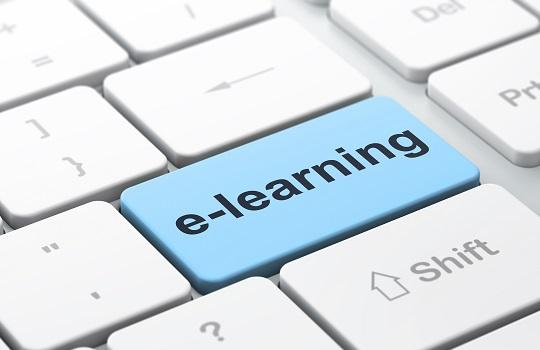With the advancement of technology the benefits of delivering some learning and marketing through webinars and live online learning have become clear over recent years. There are cost savings for organisations and individuals with regards travel, accommodation, facilities and time away from work. The impact of good live online learning, or so-called ‘virtual training’, can be around more impact on people’s day to day work, adopting a blended approach so that resources, not courses, become the way forward and that employees/customers/learners take more responsibility for their own development.
Some research into using online learning in the American school education system stated that “the issue is no longer whether or not online learning is or should occur, but rather how it is implemented." However there are still areas of resistance when it comes to moving any training into an online classroom, such as Cisco WebEx, Adobe Connect or many other options. This is despite research that this works: “Both students and tutors were positive about using … online tutoring, and … interactions were perceived as successful”. This is from a report that is seven years old, so it’s not new!
Way Turmel did some research about why people were not using the live online learning system already in the organisation, with the top two reasons being that it was “more trouble than it’s worth” and a fear of technology. This is backed up by a paper looking into factors affecting the use of learning technologies, which found that the “two key variables influencing intention to make use of a technology were perceived usefulness and perceived ease of use”, with an understanding that staff “who have high levels of self-efficacy with respect to the technologies in question may be more likely to accept their use in practice.”
This highlights that the issues are:
- Fear of technology and own skills
- Technology being difficult to use
- Technology not being a useful tool
Our own research at the Learning Performance Institute showed that “L&D professionals are not well-equipped … to implement new learning media with confidence” – which is what needs to be tackled in the first instance. When teachers do get online and get over these hurdles, you can get positive responses even from people who are “not very competent with the computer” such as this comment from research examining knowledge with regards technology for online courses: “My experience with online teaching can be described as better than I thought. I always believed I would be much better in person than through the computer, but I have found that I can still have relationships with students in this manner.”
Overcoming these hurdles is paramount for when an organisation puts live online learning on the agenda, or perhaps webinars for knowledge distribution, marketing or sales, as commented in this recent paper about online learning: “If instructors are aware of the ease in which virtual classrooms can be set up and used, they may be more inclined to use this technology to carry out online instruction more effectively.”
Moving forwards we need to concentrate in these areas:
- Know what good is
- Get the skills
- Support and practice
Know What Good Is
The vast majority of people I speak to when delivering training about live online learning, either in the LPI courses online, or at conferences and meetings, have experienced poor webinars. When people have attended monotone lectures with no interaction and heavily bulleted slides in a webinar, there’s work to undo. Webinars, and therefore live online learning in general, can be exceedingly rich in visuals, audio, media, interaction, discussion, activities and relationships; if you know how to do it and blend it correctly with other things going on in your organisation.
Get The Skills
Sitting in the seat for one car journey next to a racing car driver does not make me an expert in that activity. Neither does attending one good webinar. As with all skills and behaviour change, a certain amount of knowledge and practice is needed in the right environment. This to me is about getting the right training, internally from subject matter experts doing it really well, or externally, with an organisation such as the LPI that ensure the qualified are at professional level standards. I’m not surprised any more by the number of attendees that start their live online learning qualification with the opinion that online training can’t do what they achieve in the classroom and finish hungry to get more of their interventions online and improve their offering face to face.
Support and Practice
This is the difference between me being a good driver and me striving to be an excellent racing driver… we need to practice our skills around technology and especially knowing the online classroom software in as much detail as possible. We need support from those more knowledgeable and experienced than ourselves, which could mean someone hosting our sessions at first to help us out, as well as needing to practice this new skill lots before we become comfortable and confident.
Conclusion
Certainly this has been my own experience, both personally, within organisations and consulting with them. Live online learning is here to stay, we just need to do it right!






